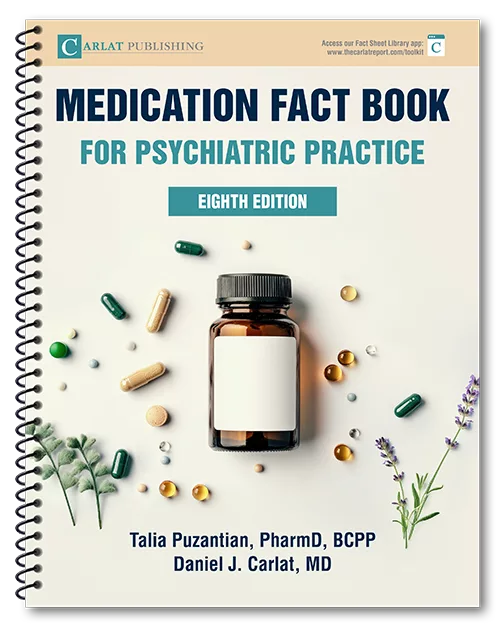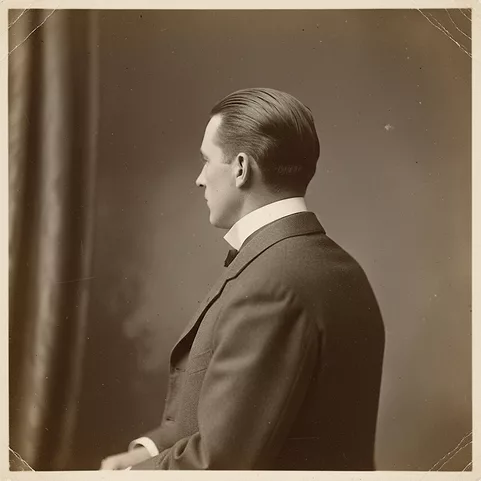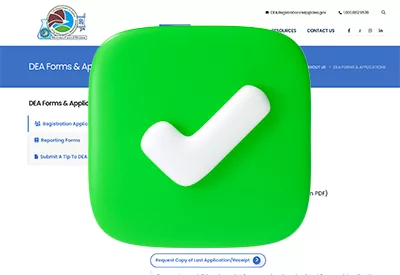An older man is shouting in the ER.
He’s yanking off monitors, confused, yelling for his wife.
The team looks to you. “Psych consult?”
You don’t have hours. You need to decide—now.
▸ Is this delirium?
▸ What labs are worth running?
▸ Do I give haloperidol—or will that make it worse?
I pulled up the APA Practice Guideline for Delirium, hoping for clarity.
What I found was 80 pages of carefully hedged prose and methodological rigor.
It's not that it's wrong.
It's just that none of it tells you what to do when a delirious patient is climbing out of bed.
That’s the central tension.
Practice guidelines aim for academic rigor, methodological transparency, and thorough literature review.
But clinicians are looking for pattern recognition and fast decisions—especially in high-stakes moments.
That’s why we’re sharing a 3-page fact sheet instead.
It was written by Dr. Rehan Aziz as part of his excellent Geriatric Psychiatry Fact Book.
It doesn’t review 20 references.
It reminds you that WORLD backwards is often more revealing of delirium than a full cognitive screen.
That a BUN/creatinine >20 might be your only clue to dehydration.
That QTc >500 means skip haloperidol and consider divalproex.
The APA’s guideline devotes over 10 pages to its development process.
Dr. Aziz uses 3 to walk you through what actually works—step by step.
There’s a place for both.
But let’s be honest: most of us have 30 seconds, not 30 pages.
And we need answers, not ambiguity.
The moment a guideline loses clinical utility, it becomes an academic artifact.
Do you find official guidelines clinically useful?What’s one you actually rely on in the heat of a clinical moment?
→ Share this if you think we need more practical tools in psychiatry.
→ Follow me (Daniel Carlat, MD) for grounded reflections on practical psychiatry.
Link to the original post.

_-The-Breakthrough-Antipsychotic-That-Could-Change-Everything.webp?t=1729528747)



